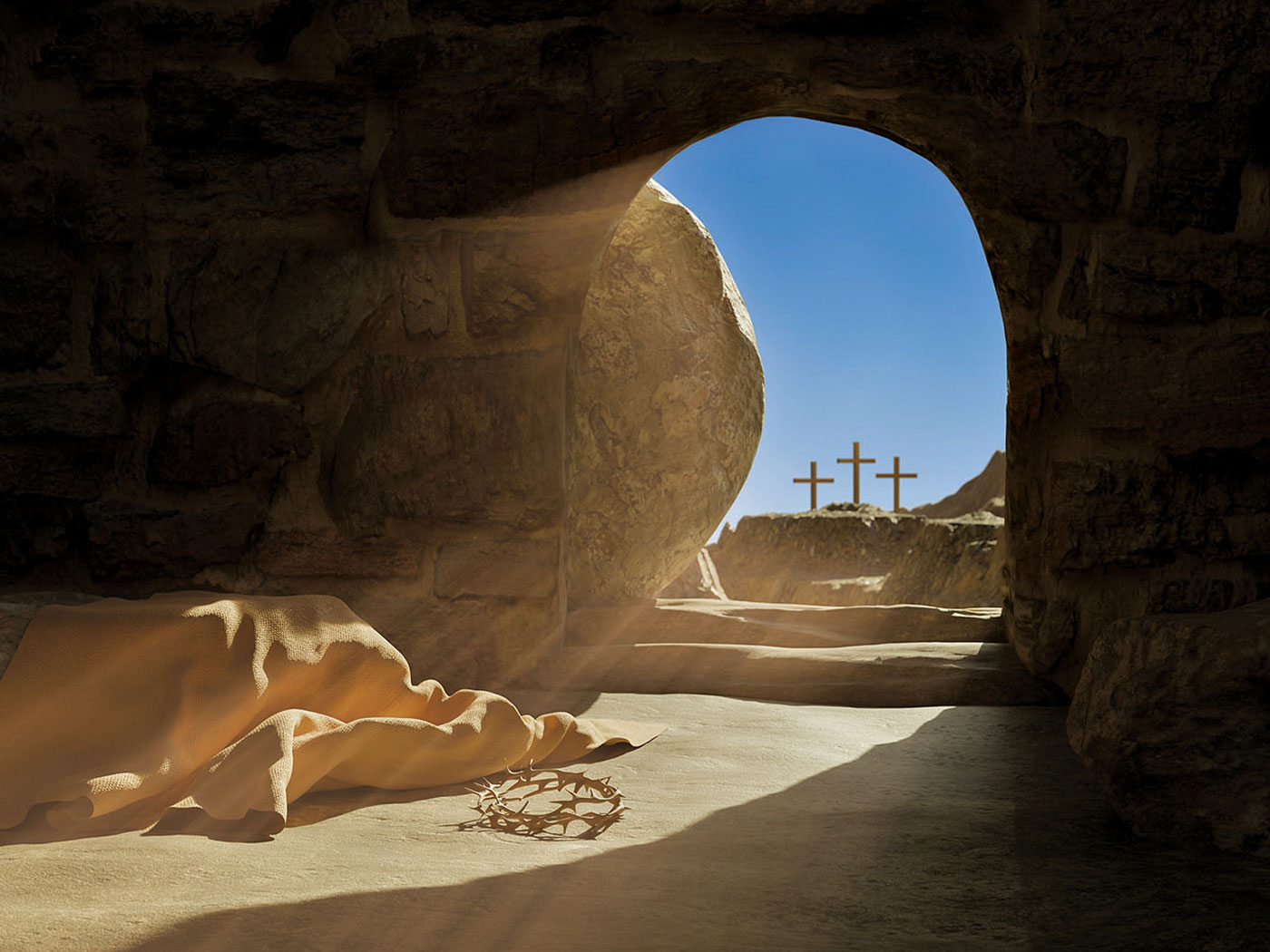Computerized tomography (CT) scans use computing power to compile two-dimensional X-ray images into a three-dimensional view, and researchers are optimistic that a new form of high-resolution CT scanning at the molecular level will give “scientists precious new information about how Mother Nature forms shells, bones, and other hard structures.”1 They hope to learn how to mimic the strength of these natural structures in the manufacture of similar man-made materials.
Like the metal rods (rebar) that are embedded in a concrete matrix to strengthen roadways, the bones and shells of living creatures have protein fibers embedded in mineral matrixes. Minerals manufactured by living organisms, a process called biomineralization, show ingenious construction, such that “even the simplest bio-induced structures are currently impossible to synthesize.”2 They are so difficult to reproduce because of their small sizes and precise, complex forms.
Even without the new CT technology, quite a bit is already known about some shells. “At the microscopic scale, they are one of nature's greatest engineering masterpieces: a stunningly intricate hierarchical architecture of inorganic crystals, interwoven with organic molecules.”3 Similarly, vertebrate bones contain a protein called “osteocalcin,” which holds five calcium atoms in exactly the correct positions to interface with the bone’s mineral, hydroxyapatite.4 Surely this represents the ultimate in fine-tuning: the components are systematically assembled down to the precise placement of atoms.
Molecular biologist Michael Behe defined “irreducible complexity” as “a single system of several well-matched, interacting parts that contribute to the basic function, wherein the removal of any one of the parts causes the system to effectively cease functioning.”5
Biomineralized structures, such as those found in bones and shells, fit this description. Without the fibers, the bare minerals would be far too brittle, and the structure would crumble. Without the mineral matrix, the bare fibers would form useless, floppy mats—a potentially fatal construction for an evolving organism.
Since we do not observe nature transitioning structures from partial to full completion, and since it is difficult or impossible to even imagine a specific series of feasible intermediate structures that could have led to modern bone or shell material, their fully-formed existence is best explained by a Creator. Thus, “Mother Nature” does not deserve the credit. Bone structure certainly reflects the fact that we have been knitted together by God.6
References
- Microscopic version of the CT scan reveals secrets of bone formation. American Chemical Society press release, September 24, 2008.
- Lin, A. and M. A. Meyers. 2005. Growth and structure in abalone shell. Materials Science and Engineering A. 390: 27-41.
- Daw, R. 2004. Materials science: Give a shell a break. Nature. 427 (6976): 691.
- Hoang, Q. Q. et al. 2003. Bone recognition mechanism of porcine osteocalcin from crystal structure. Nature. 425 (6961): 977-980.
- Behe, M. 1996. Darwin’s Black Box. New York, NY: Simon and Schuster, 39.
- Psalm 139:13.
* Mr. Thomas is Science Writer.
Article posted on October 8, 2008.





















